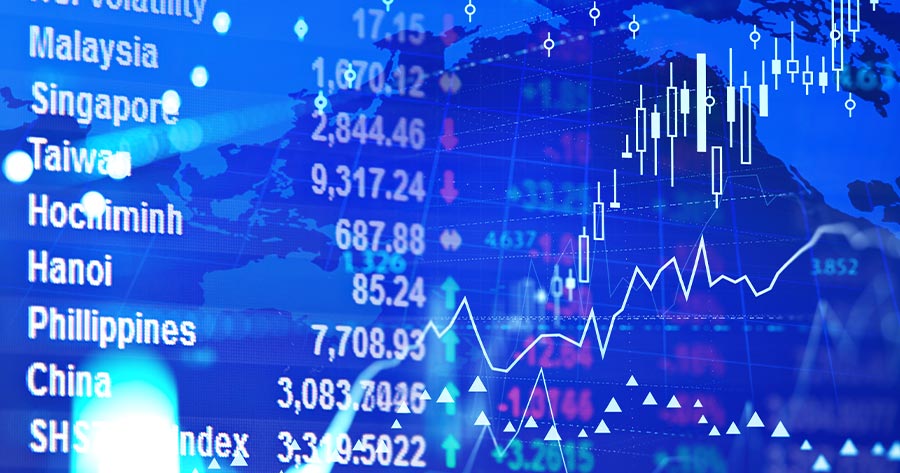On Thursday morning (14 August, 9:44 AM, GMT+7, Bangkok time), indices in Asia Pacific showed mixed performance as traders positioned themselves for a possible interest rate reduction by the Federal Reserve in July and digested new labor market data out of Australia.
Australia’s jobless rate edged down to 4.2% on a seasonally-adjusted basis in July, matching forecasts from a Reuters survey of economists and is slightly from the 4.3% seen in June. Employment, on the other hand, grew by 24,500, following a modestly revised gain of 1,000 positions the previous month. However, this uptick fell just shy of market expectations, which had projected a 25,000 increase, based on a Reuters survey.
Japan’s NIKKEI fell by 1.27% to 42,727.07. South Korea’s KOSPI slid by 0.14% to 3,219.94, while Australia’s ASX 200 rose by 0.8% to 8,897.8.
As for stocks in China, Shanghai’s SSEC grew by 0.5% to 3,701.79. Hong Kong’s HSI increased by 0.39% to 25,714.67, and Shenzhen’s SZI surged by 0.33% to 11,589.29.
The U.S. stock markets edged up on Wednesday as the Dow Jones Industrial Average (DJIA) expanded by 1.04% to 44,922.27. NASDAQ added 0.14% to 21,713.14, and S&P 500 gained 0.32% to 6,466.58. VIX slumped by 1.63% to 14.49.
As for commodities, oil prices settled lower on Wednesday following downbeat supply forecasts from both the U.S. government and the International Energy Agency. Investor sentiment was also shaped by U.S. President Donald Trump’s warning of “severe consequences” should Russia’s President Vladimir Putin impede efforts toward peace in Ukraine. Brent futures decreased 49 cents or 0.7% to $65.63 a barrel, and the West Texas Intermediate (WTI) dropped 52 cents or 0.8% to $62.65 per barrel.
This morning, Brent futures escalated 28 cents or 0.43% to $65.91 a barrel, and the WTI futures advanced 27 cents or 0.43% to $62.92 per barrel.
Meanwhile, gold futures increased by 0.16% to $3,413.9 per Troy ounce.




